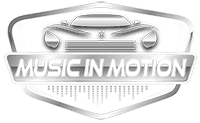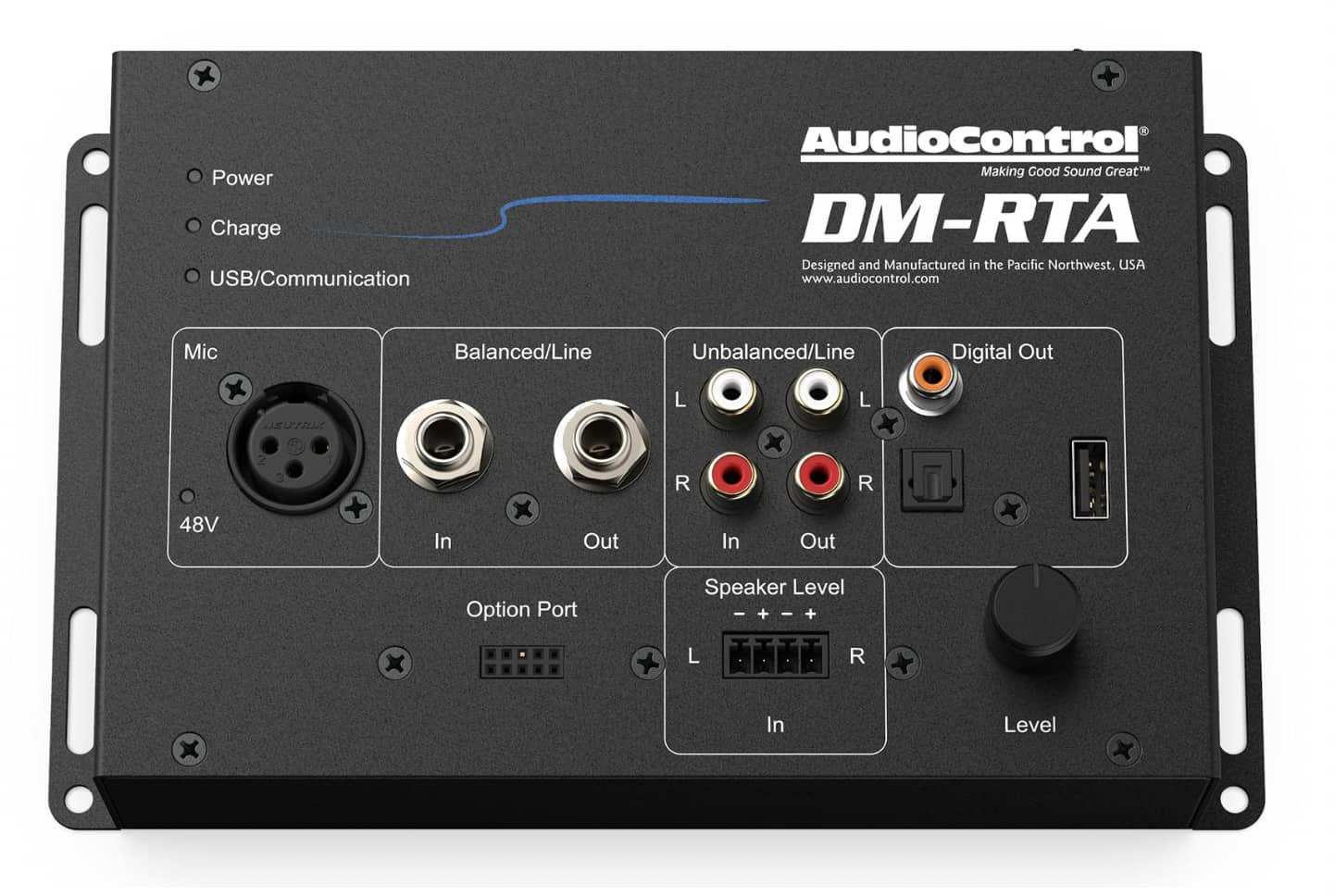
Yes, Music In Motion Has The Necessary DSP Calibration Tools And Tuning Expertise. For example, consider a science experiment in which a chemical solution must be heated to an exact temperature of 130 degrees for five minutes. Would a scientist make an educated guess about the temperature or stick their finger in the beaker, or would they use a calibrated thermometer to determine when to apply more heat? Would they use a clock, a stopwatch, or a countdown to 300 Mississippi to determine when the experiment was complete? Partnering with a store that has the experience and the right tools is just as crucial as picking a high-quality signal processing product when it comes to installing vehicle audio digital signal processors.
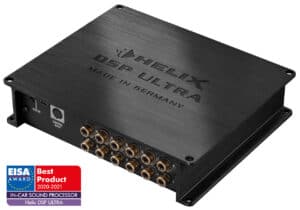
The digital signal processor in your vehicle must be configured for the signal source being utilized and the speakers that have been chosen before the technician working on your car or truck brings out an audio analyzer. The tech must first comprehend each speaker’s design criteria and specs before incorporating them into the audio system’s design and installation. These factors play a role in determining crossover points, and getting them right creates the beginning point for system calibration.
The technician will set up a calibrated real-time audio analyzer to take frequency response measurements after the system has been configured. A tool is only as good as its user once again. Part of their training involves determining which peaks and troughs in the reaction should be addressed and which can be ignored. Another key consideration is learning how to reliably evaluate the frequency response through the listening environment.
Having a target curve that properly and enjoyably reproduces music is perhaps a crucial piece of the puzzle. When it comes to drowning out road-noise, how much bass is enough? So that male vocals don’t sound inflated yet drums and percussion sound genuine, how should the bass transition into the midrange? How should high-frequency information reflected by the vehicle’s hard surfaces be handled in the calibration? What target curve will allow the system’s speakers to reproduce audio with the least amount of distortion possible?
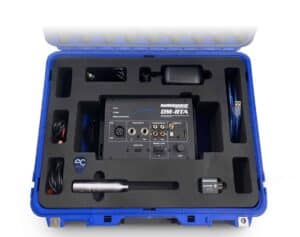
Audison’s bit Tune technology evaluates frequency response and phase in five different spots to aid in the configuration of their bit-Series processors.
What Is a Real-Time Audio Analyzer, and How Does It Work? We’ll show you at our shop. Music In Motion Has The Necessary DSP Calibration Tools And Tuning Expertise.
For automobile audio DSP setups, a real-time audio analyzer is a must-have instrument. Technicians can use this equipment to determine the relative loudness of sound frequencies. While the majority of these measurements are done with a microphone in the acoustic domain, numerous solutions can also be used to measure electrical signals in order to build or test factory audio system integration solutions.
Audio analyzers generate a graph or chart with the vertical y-axis representing amplitude or loudness and the horizontal x-axis representing frequency. One-octave bands are used in the simplest systems, but most are 1/3-octave. The calibration of most systems may be done with this 1/3-octave resolution. Some computer-based measurement systems can display as much as 1/48 of an octave, however, this isn’t required for a nice-sounding audio system.
In order to produce realistic audio performance, frequency response measurements of speakers or audio systems are essential.
Great DSP calibration specialists stand out from the crowd by being able to comprehend what is displayed on the RTA, why it is displayed, and how to deal with it. If a midrange speaker is set to play from 300 to 3,000 hertz, but the RTA indicates very little output below 500 hertz, this is a problem. In that situation, the technician will need to know how acoustics function in order to know how to proceed with the calibration or configuration adjustments.
It’s also vital to know how to set signal delays with a tape measure, impulse tests, sweeps, or impulse tones. Occasionally, measurements do not match the technician’s expectations, or a listening test performed after the calibration does not yield the intended findings. It’s rarely as simple as altering equalization bands to match the target curve to what’s visible on the RTA.
With the AudioControl DM-RTA PRO-KIT, technicians may measure electrical and acoustic frequency response with a laptop computer.
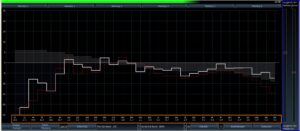
A stand-alone microphone that feeds audio into an analyzer or computer is the simplest basic measurement equipment. They can inform the technician of each band’s loudness level. The technician must take time-referenced measurements to evaluate phase response in order to better understand what’s going on in a car audio system and accurately calibrate the crossovers, delays, and filters.
More hardware and a mechanism to feed an audio signal into the system or make an offline measurement with a precise time reference are required for this operation.
The MAX from JL Audio can monitor frequency and phase in home and automobile audio systems and comes with five microphones and dual FFT capabilities.
There are some excellent tools available to assist technicians in calibrating automotive audio systems. Some produce excellent results using a largely automated method, while others aid in the transfer of measurements to a processor. While the RTA hardware is less of a problem, a technician must have an acceptable high-quality performance reference to recognize whether the system is ready after configuration and calibration. The tech may need to tweak the system throughout the listening session to correct for measurement inaccuracies. Understanding what is heard and how it relates to what is measured is critical once again.
DSP tuning for car audio systems isn’t an art form. It’s a complicated procedure that necessitates correct education, training, and expertise. Finding the proper shop to configure your audio system necessitates thorough study. You’ll need to speak with them and, more crucially, audition vehicles that they’ve worked on. You’ll need to trust that they’ll be able to install the upgrades you want in a way that allows them to work to their full potential. It’s not easy to discover a store that possesses all of these abilities, and you may have to travel to find one that matches all of your requirements.
Music In Motion’s DSP calibration tools can enhance your music listening experience in a number of ways. For example, their equalizers can be used to adjust the frequency response of music, allowing you to hear the full range of sounds in a song. Their crossovers can be used to separate different frequencies, ensuring that each sound is heard clearly.
Their compressors and limiters can be used to control the dynamic range of music, ensuring that the volume remains consistent throughout a song. Overall, Music In Motion’s DSP calibration tools can help you enjoy the high-quality sound with every song.
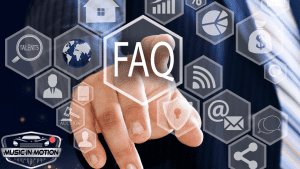
Q: Can Music In Motion’s DSP calibration tools be used by musicians? A: Yes, Music In Motion’s DSP calibration tools are designed for musicians, sound engineers, and music lovers alike.
Q: Do I need any special equipment to use Music In Motion’s DSP calibration tools? A: No, Music In Motion’s DSP calibration tools can be used with any standard audio equipment.
Q: How do I know which DSP calibration tool to use for my music? A: Music In Motion’s DSP calibration tools come with user manuals and guides to help you choose the best tool for your needs.
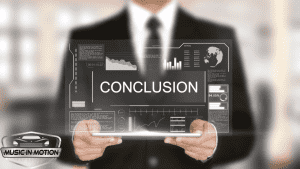
In conclusion, Music In Motion has the necessary DSP calibration tools to help you enjoy the high-quality sound with every song. Whether you’re a musician, sound engineer, or music lover, their state-of-the-art tools can be used to adjust the sound of music to meet your specific needs. So why settle for a lackluster listening experience when you can have the best possible sound with Music In Motion’s DSP calibration tools?
Last but not least, don’t let a fancy installation detract from the most important aspect of the system: how it sounds. Instead of using your eyes to listen, use your ears. Upgrade your music listening experience with Music In Motion’s state-of-the-art DSP calibration tools today. Contact Music in Motion today to hear one of our world-class tuned demo vehicles.
